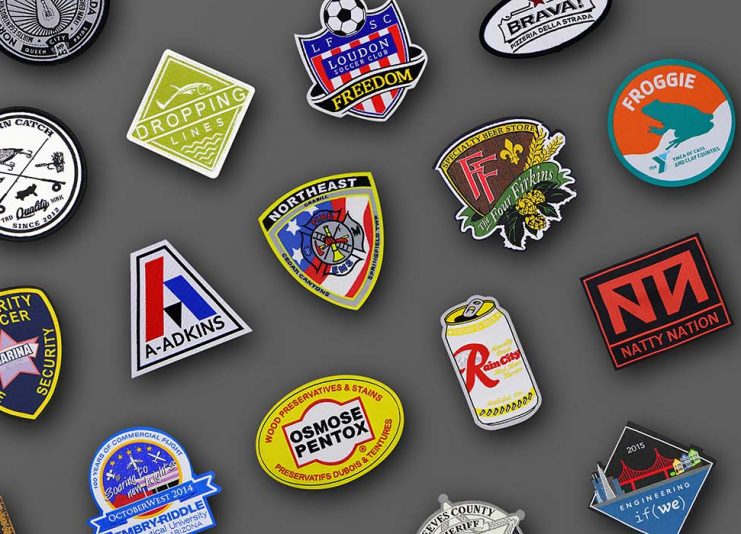
Even before the internet took over the world, design was vitally important to the successful functioning of small businesses. A solid company name, an eye-catching logo, and a consistent marketing campaign go a long way. Some would say they constitute the only way to go.
Now that we live in the internet age, design is even more critical, as most of your customers will first come across your business online, where visuals dominate. Here is how you can take control of your graphic and web design to propel your business into the future.
1. Let Employees Design Custom Patches
If you run any business in which your staff is public-facing, you ought to have them in some kind of uniform. But uniforms can be restrictive and demoralizing. You need to think carefully about balancing the positive impression a unified and well-presented staff makes on customers with your staff’s need to express their individuality.
The solution? Custom patches. Other businesses allow staff members to show tattoos, dye their hair, sport facial piercings, and show off their unique personalities in other ways. These are perfectly acceptable ways of giving some freedom of expression to your staff, but they may alienate some of your customer base.
Allowing your staff to create custom patches to wear on their aprons or uniforms lets them express themselves and show off their creative talents for the rest of your staff to see and appreciate. It’s also a subtle way to brand your company without scaring off your customers.
2. Develop Three Versions of Your Logo
Research has demonstrated that the human brain processes images up to 60,000 times faster than words. This information underscores the importance of a strong logo in business design.
You shouldn’t have just one logo for your small business; you should have three: a primary logo, an opposite orientation logo, and an icon logo.
- Primary Logo: No logo should be too expansive, but your primary design can sprawl a bit. The primary logo is the design you’ll use on the front of your store, your branded merchandise and materials, and on the home page of your website. It should include your business’s name and the associated visual icon.
- Opposite Orientation: This type of logo should go vertical if your primary logo is horizontally oriented, and vice versa. Use this if you need a different fit for a specific ad, mailer, or news blast.
- Icon: This is the image that encapsulates your business without any accompanying words that you can put on business cards and stamp on price tags.
3. Make Your Website Interactive
Old-school websites simply list the vital information about your business: its address and phone number, goods for sale, an about section, and perhaps photos. Interactive websites do so much more, and they net so many more customers.
Use interactive features like animations, an infinite scroll layout, and hover-over infographic pop-ups—these keep customers on your website longer. Keeping customers on your website longer ensures they’re more likely to spend money or at least get in contact with your business.
Remember, the number one rule of web design for small businesses is to break the 15-second rule of how quickly most visitors leave a website. Get them to engage, and you get them to stay.
4. Create Consistent Marketing Graphics
Consistent graphic design is vital to making your business look legitimate. People will notice if you use one typeface for your logo, one for your brick-and-mortar sign, and another for your marketing materials.
The average consumer has become highly attuned to the finer details of graphic design. They know what connotes a young, hip, and desirable business and what connotes a hopelessly out-of-touch one.
Work with a designer to create marketing graphics with a consistent aesthetic. Research what colors are trending and which typefaces and design styles speak to your target demographic.
Design Your Way Into the Future
It’s easy to spend all your time focusing on your product, sales approach, and business plan. But what every single customer sees before they interact with your business are its website and its marketing graphics. And they judge your business based on them immediately.
Know what your target demographic wants and how they want to see it, and you’ll unlock the key to syncing your unique aesthetic with their interests.

